You already know that what you eat has an impact on your skin. You may have already attempted to consume foods high in antioxidants like vitamin A and vitamin E to improve your appearance. However, there’s another nutrient you’re not as familiar with that can benefit your skin significantly.
The body produces its own hyaluronic acid, but as you become older, this production decreases. Some people use dermal fillers like hyaluronic acid to add volume to their skin. Others apply it topically, which does not produce the same dramatic or permanent results because it can’t reach the deepest layers of the skin; however, there are over-the-counter face creams that contain hyaluronic acid.
If you wish to boost your hyaluronic acid levels through other means, consider your diet. There are several foods that include the substance that can aid in the maintenance of suppleness and smoothness in your skin. Here are some high-hyaluronic-acid foods as well as meals that help raise hyaluronic-acid production.
Contents
What Is Hyaluronic Acid?
Hyaluronic acid is a substance in the skin that contributes to its moisture and suppleness. As part of aging, the production of hyaluronic acid decreases over time, causing the skin to become drier, thinner, and looser.
Although hyaluronic acid is a component of many tissues in the body, it is especially abundant in the eyes. It’s also found in the bone marrow and soft cartilage, and it ensures that the eye cavity, joints, and connective tissues function properly. Hyaluronic acid promotes cellular regeneration and wound healing as well.
The most effective therapy will be one that combines a variety of hyaluronic acid food, supplements, and topical skincare products.
Read More About:
Why Is My Skin So Oily All of A Sudden: Tips for Improving Your Current Condition
Herbs for immune system boost: all you need to know
Best 6 Foods Rich In Hyaluronic Acid
1. Citrus Fruits
According to dermatologists citrus fruits, all include naringenin, which inhibits the breakdown of HA in the body. Tomatoes and bananas also contain naringenin, in addition to oranges and grapefruits.
Vitamin C has antioxidant properties in the body. It also aids in the preservation and increase of hyaluronic acid levels. Both citrus fruits and berries are excellent sources of vitamin C. One Cara Cara orange or one cup of strawberries have over 100 percent of your recommended daily intake for vitamin C.
Do you dislike oranges or berries? Don’t worry, because other excellent sources of vitamin C, such as kiwis, avocados, cherries, mangoes, broccoli, Brussels sprouts, and bell peppers can still provide your required dose.
Broccoli
Broccoli promotes skin health by boosting the amount of hyaluronan in the skin, which is essential for moisture retention and promoting skin health. They also include vitamin C, which helps to support collagen formation by reducing inflammation and increasing anti-aging effects.
Sweet potatoes
Sweet potatoes aren’t particularly high in hyaluronic acid, but they are high in magnesium and can help the body produce it. They also include antioxidants and several vitamins and minerals important to skin health, such as vitamins A and C, as well as potassium.
Soy
Soy is one of the most misunderstood foods. It may appear to be a lot like animal flesh, but it’s not! Soy has several health advantages as well as the capacity to aid the body in producing hyaluronic acid. A little piece of tofu or edamame in salads and stir-fries, or on their own as a snack is all that’s needed to get the benefits they have on skin health.
Edamame, Tempeh, and Tofu are examples of soy products that have a lot of phytoestrogens. These compounds bind to estrogen receptors in the body and mimic its hormonal effects.
Soy products, especially those rich in phytoestrogens, have been shown to increase hyaluronan production and decrease visible signs of aging. Soy foods are linked to improved skin firmness, suppleness, and moisture as well as a reduction in apparent signs of aging.
Leafy Vegetables
Kale, lettuce, collard greens, bok choy, and spinach are all great green leafy veggies to include in your diet on a daily basis. Magnesium is found in these vitamin-rich foods, which aids in the formation of hyaluronic acid in the body. It’s simple to incorporate green leaves into your food by making a salad or cooking them for an attractive side dish. Alternatively, adding them to vegetable and fruit juice would offer variety to your meal planning.
Kale, spinach, and Swiss card are good sources of magnesium. This mineral, like as sweet potatoes, works in the same way as it does in supporting hyaluronic acid synthesis by helping to promote hyaluronic acid synthesis.
If you dislike the idea of eating a salad every day, consider turning it into a smoothie. You may also sauté them in olive oil with other vitamin C-rich veggies like asparagus and broccoli for additional skin support.
Bone broth
Bone broth is a collagen-filled elixir made from grass-fed beef, free-range chicken, and other meats that are slowly simmered for up to 24 hours so that nutrients like calcium and magnesium are released.
Your best bet for hyaluronic acid is to eat the bone broth. “It might be difficult to obtain genuine sources of hyaluronic acid, with the exception of animals like chicken combs/cartilage (which may be where supplements are produced from). “That being said, a bone broth prepared from many portions of the animal may have some value.” Because the bones are simmered in water for a period of 24 hours, nutrients such as hyaluronic acid drain from them and are added to the water.
Is a Hyaluronic Acid-Rich Diet Helpful for Your Skin?
Hyaluronic acid-rich foods are high in nutrients that are good for the skin’s health. A well-balanced diet has been linked to enhanced skincare quality and decreased visible signs of aging, suggesting that these meals are beneficial.
However, very little study has been conducted on how consistently hyaluronan may be found in food. To ensure that the treatment is effective, a hyaluronan-rich diet should be used with hyaluronan supplements and topicals, which have been shown to smooth wrinkles and restore skin moisture.
In Conclusion
Hyaluronic acid is a lubricating substance produced by the body to maintain the hydration, health, and normal functioning of many of the body’s soft tissues, including the skin. Its production gradually declines with age, resulting in indications of aging.
However, taking a diet high in hyaluronic acid might assist to slow this process. Bone broth is the most abundant source of hyaluronic acid since it is largely contained in animal connective tissues, bones, and cartilage.
Naringenin, magnesium and phytoestrogens in food products can also aid in the body’s recovery. Broccoli, fruits, leafy greens, nuts, seeds, soy foods, and sweet potatoes are all good sources of these vitamins.
You may improve the skin’s hydration, texture, and appearance by combining diet with OTC topicals and supplements.
Read More About:

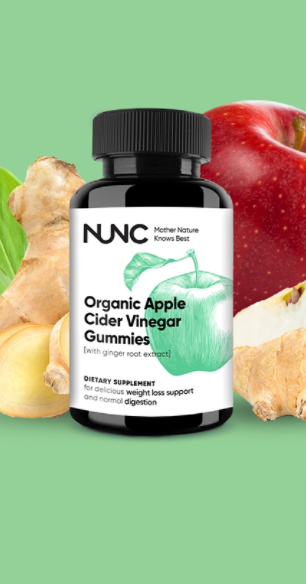



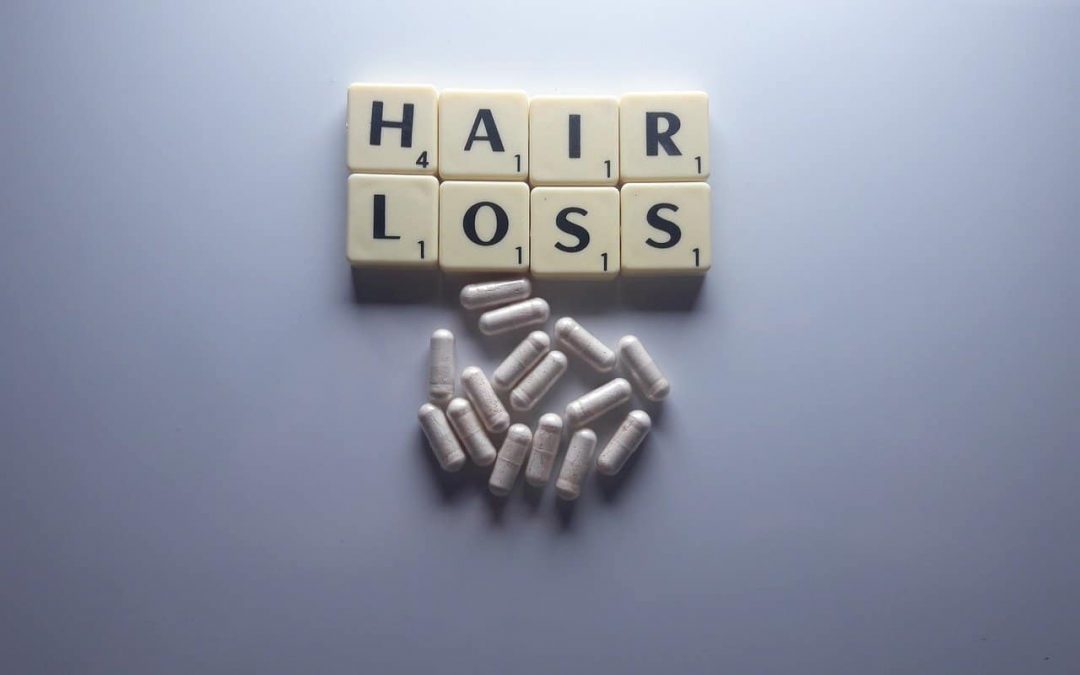
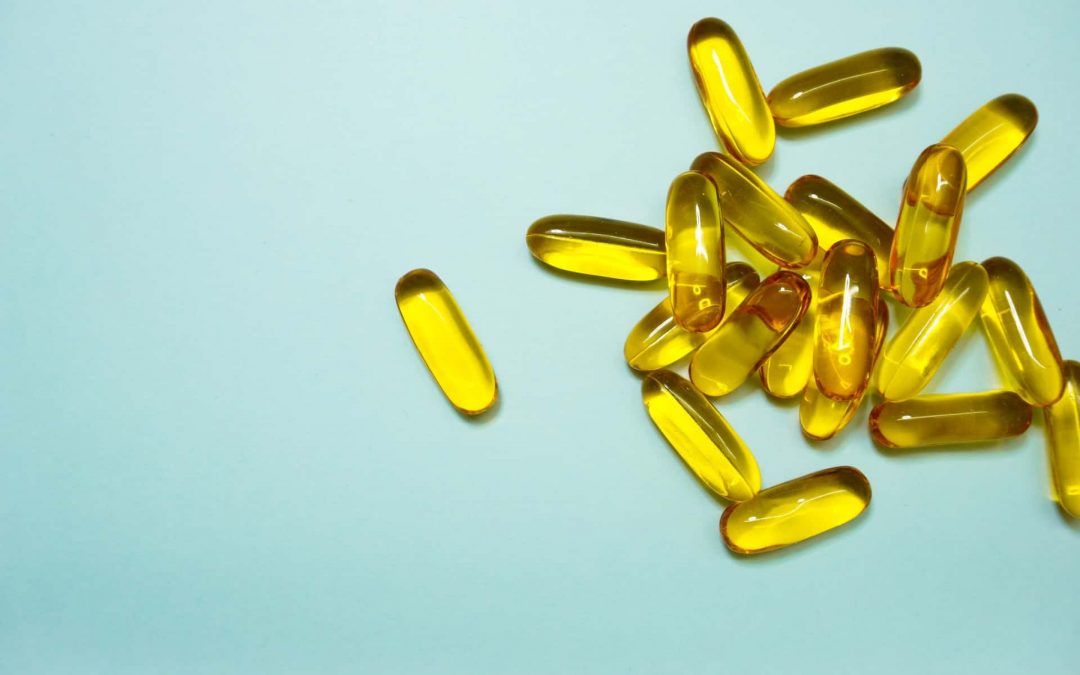
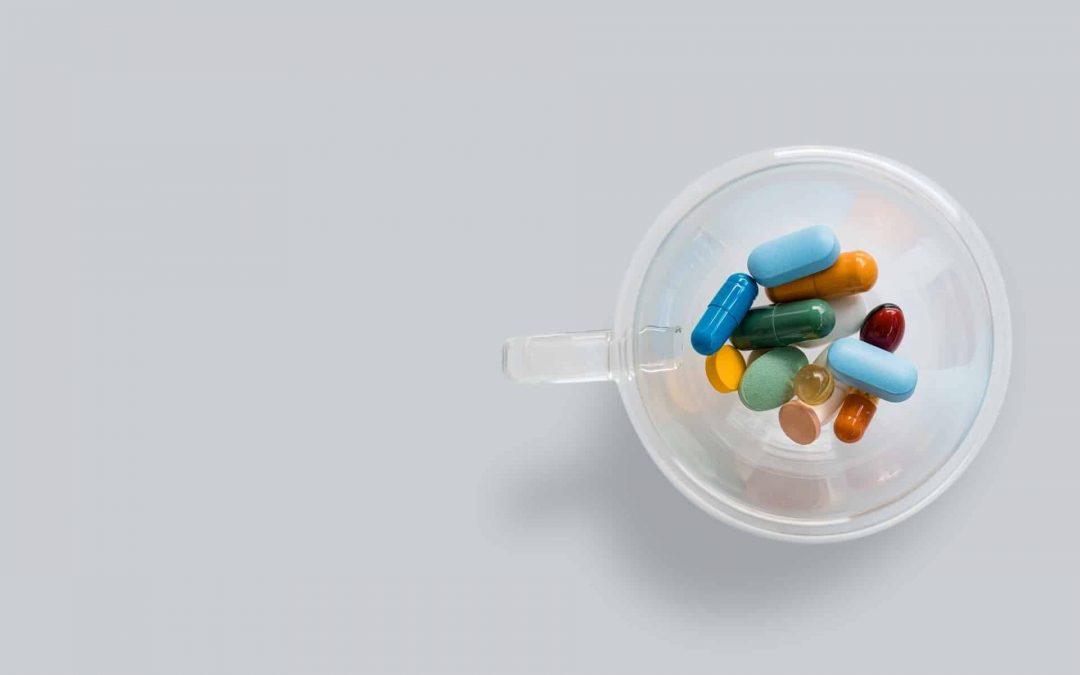

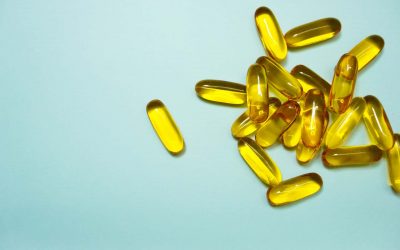
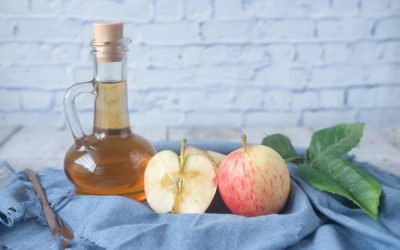
0 Comments